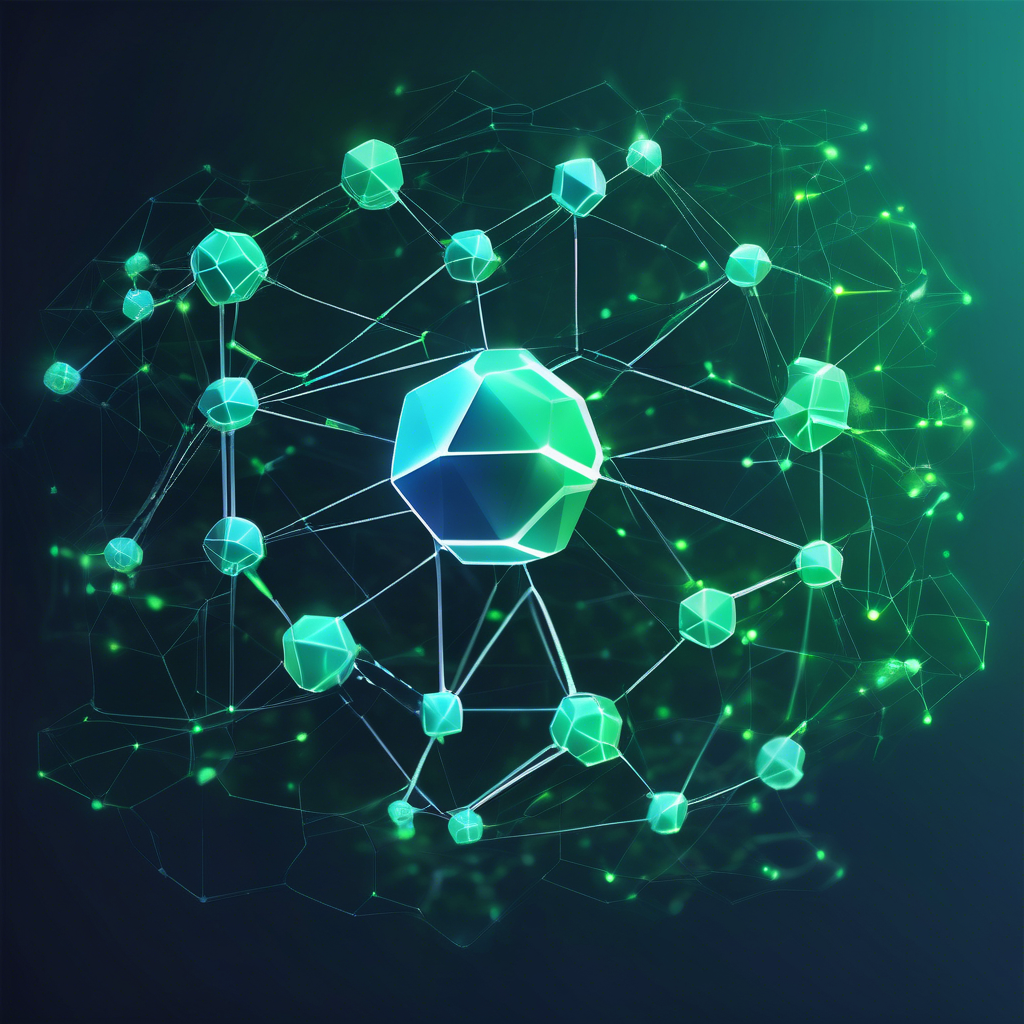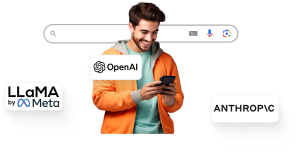None

Water, as a highly effective solvent, has the ability to dissolve a wide range of substances, from limestone to the sugar in coffee. This remarkable characteristic of water is rooted in its electrical properties, which enable it to counteract and nearly eliminate electric fields. This includes the attractions between dissolved ions that would otherwise cause them to bond together. Interestingly, when salt is dissolved in water, it weakens this electrical response. A team of physicists has now identified the exact reason behind this phenomenon using advanced computer simulations enhanced by artificial intelligence (AI). Roberto Car, a physicist from Princeton University not involved in the study, remarks that this is a fundamental property of water that can finally be predicted entirely based on first principles. The AI-assisted approach holds promise for investigating other applications, such as batteries and fuel cells, according to Car. In an electrical field, conductors and insulators exhibit different responses. In conductors, like metals, electrical charges can move freely, resulting in a redistribution of positive and negative charges when an electric field is applied. This redistribution generates an electric field within the conductor that cancels out the applied field, leaving no field inside the material. In ideal insulators, charges are unable to move, allowing the electric field to permeate the material. Nonetheless, most insulators are not perfect, and their charges can move to some extent. When an external electric field is applied, the charges within insulators become polarized, meaning they become slightly positive on one end and slightly negative on the other. The polarized charges create an internal field that partially cancels the applied field, resulting in a weaker overall field. This effect is quantified by the dielectric constant of an insulator, which represents the ratio between the applied and internal fields. A higher dielectric constant indicates a material's greater ability to "screen" an applied field. Pure water, with its chevron-shaped molecules consisting of a negative oxygen ion bound to two positive hydrogen ions, is inherently polarized. Therefore, water has a relatively high dielectric constant of 81, indicating that an applied field only produces an internal field that is 1. 25% as strong. This high dielectric constant explains why water is an exceptional solvent, since its ability to suppress electric fields of dissolved ions prevents them from recombining. Additionally, the orientation of water molecules also plays a role. The hydrogen bonds between neighboring water molecules, with the oxygen atom attracting the hydrogen atoms, result in the formation of temporary tetrahedral clusters. These clusters align the polarized molecules, even if they are far apart, allowing them to respond collectively to an applied field and enhance their capacity to cancel it out.
However, when salt ions are dissolved in water, they can interrupt the hydrogen bond network. For instance, a negatively charged chloride ion will polarize nearby water ions towards itself. Sodium and chloride ions also alter the orientations of neighboring water molecules, disrupting the correlations that occur when fleeting tetrahedral structures are formed. Recent simulations have indicated that this disruption of hydrogen bonding is the main cause for the effect observed with saltwater. However, because no simulation had incorporated all relevant aspects, the issue remained unresolved, as Chunyi Zhang, a postdoctoral researcher from Princeton and the lead author of the study, points out. She states that all these effects needed to be treated simultaneously. To address this, Zhang, together with Xifan Wu and fellow physicists, conducted simulations of saltwater at varying concentrations. To describe individual molecules, they employed density functional theory (DFT), which treats the electrons within a molecule not as discrete particles, but as a continuously varying quantum mechanical cloud. Typically, DFT simulations can handle a small number of water molecules interacting for a short duration, on the order of picoseconds. However, the researchers needed simulations that were a hundred times larger and a thousand times longer. To achieve this, they utilized AI. One machine learning algorithm, known as a neural network, was trained using the highly precise DFT simulations to accurately determine the forces between molecules. Another algorithm was trained to simplify the electron cloud within a molecule and model it as point-like charges placed in precise positions that reflect its polarization. With these simplifications, the team managed to simulate the behavior of 4, 000 water molecules for durations of 10 to 20 nanoseconds. Nevertheless, the computational work still took three months using a supercomputer, according to Zhang. The results of their study, soon to be published in Physical Review Letters, reveal that the disruption of clustering and correlations caused by the interruption of hydrogen bonding is the primary factor behind the effect of salinity. The researchers were also able to unravel the details of how disruptions propagate throughout the network of water molecules, resulting in the nonlinear variation of the dielectric constant with salt concentration. Car commends the team for being able to distinguish the different contributions and identify the dominant effects. Yuki Nagata, a physicist at the Max Planck Institute for Polymer Research, considers the findings to be conclusive. Nagata adds that the AI-based methodology may be more significant than the specific results obtained, as it can be applied to practical problems such as studying water interactions with surfaces or membranes. Zhang confirms that she is currently analyzing the splitting of water into hydrogen and oxygen on the surface of a titanium dioxide catalyst, a potential method for hydrogen fuel generation.
Brief news summary
None
AI-powered Lead Generation in Social Media
and Search Engines
Let AI take control and automatically generate leads for you!

I'm your Content Manager, ready to handle your first test assignment
Learn how AI can help your business.
Let’s talk!
Hot news

Apple's AI Executive Joins Meta's Superintelligen…
Ruoming Pang, a senior executive at Apple who heads the company’s artificial intelligence foundation models team, is departing the tech giant to join Meta Platforms, according to Bloomberg News reports.

Ripple Applies for U.S. Banking License Amidst Cr…
Ripple has recently submitted an application for a Federal Reserve master account through its newly acquired trust company, Standard Custody.

AI in Autonomous Vehicles: Overcoming Safety Chal…
Engineers and developers are intensively working to resolve safety issues related to AI-driven autonomous vehicles, especially in response to recent incidents that have sparked widespread debate on the reliability and security of this evolving technology.

SAP Integrates Blockchain for ESG Reporting in ER…
SAP, a global leader in enterprise software, has announced a crucial enhancement to its enterprise resource planning (ERP) systems by integrating blockchain-based Environmental, Social, and Governance (ESG) reporting tools.

Middle Managers Diminish as AI Adoption Increases
As artificial intelligence (AI) rapidly advances, its influence on organizational structures—especially middle management—is becoming increasingly clear.

The Blockchain Group Bolsters Bitcoin Reserves Wi…
The Blockchain Group Strengthens Bitcoin Holdings Through $12

Kinexys Launches Carbon Market Blockchain Tokeniz…
Kinexys by J.P. Morgan, the firm’s leading blockchain business unit, is developing an innovative blockchain application on Kinexys Digital Assets, its multi-asset tokenization platform, aimed at tokenizing global carbon credits at the registry level.

 Auto-Filling SEO Website as a Gift
Auto-Filling SEO Website as a Gift








 Auto-Filling SEO Website as a Gift
Auto-Filling SEO Website as a Gift

